Swift®
字体介绍:
William A. Dwiggins(1880-1956)的作品对Unger设计Swift起到了主要的影响作用。Dwiggins是Mergenthaler Linotype的一名美国字体设计师,早在1930年,他就专注于为报纸印刷设计的可替代字体的易读性。Swift已成为当代的经典之作,现在更多地用于企业标识和杂志。Swift简洁、坚定、新颖,几乎适用于任何用途。Swift™Pro是OpenType版本,包括从细到超粗体的一家族样式和字重。
1990年,Linotype AG与Dr.-Ing Rudolf Hell GmbH合并,成立了Linotype-Hell AG(今天的Linotype GmbH)。从那以后,Linotype就成为了最初为Hell公司设计的所有字体的官方来源。Linotype还利用包括OpenType在内的新技术改进了字体。
Gerard Unger developed Swift™ between 1984 and 1987, with the intention of making a modern digital type for newspapers. The project was undertaken for the German firm Dr.-Ing Rudolf Hell GmbH. At that time, newspapers were produced on high-speed presses with low quality paper. Unger says Swift is designed to be a survivor." It has chunky triangular serifs, sturdy connections at junctures, condensed forms with open counters, and a tall x-height. The work of William A. Dwiggins (1880-1956) was Unger's major design influence for Swift. Dwiggins was a American type designer for Mergenthaler Linotype who, as early as 1930, was focusing on legibility in the design of alternative fonts for newspaper printing. Swift has become a contemporary classic, and is now used more often for corporate identities and magazines than for newspapers. Austere and concise, firm and original, Swift is a typeface suited to almost any purpose. Swift™ Pro is the OpenType version, and includes a full range of styles and weights from light to extra bold.
In 1990, Linotype AG merged with Dr.-Ing Rudolf Hell GmbH, forming the Linotype-Hell AG (today Linotype GmbH). Since then, Linotype has been the official source of all fonts that were originally designed for the Hell Corporation. Linotype has also improved the typefaces using new technologies, including OpenType."













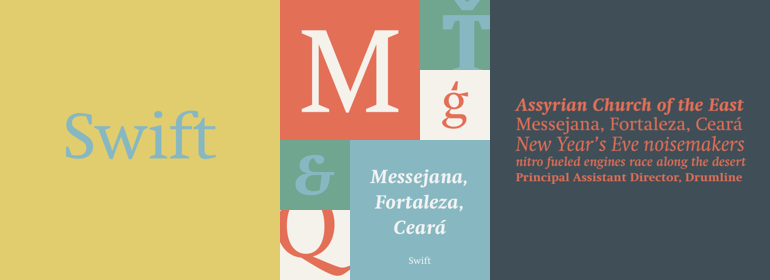
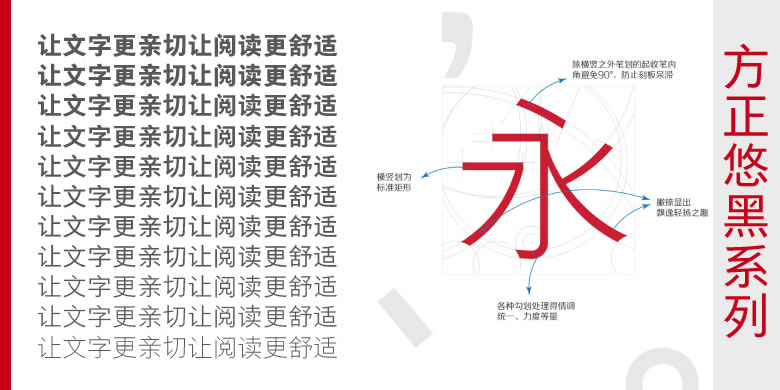
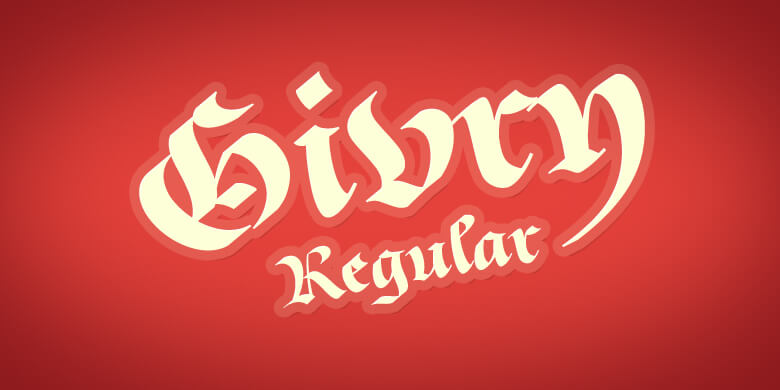
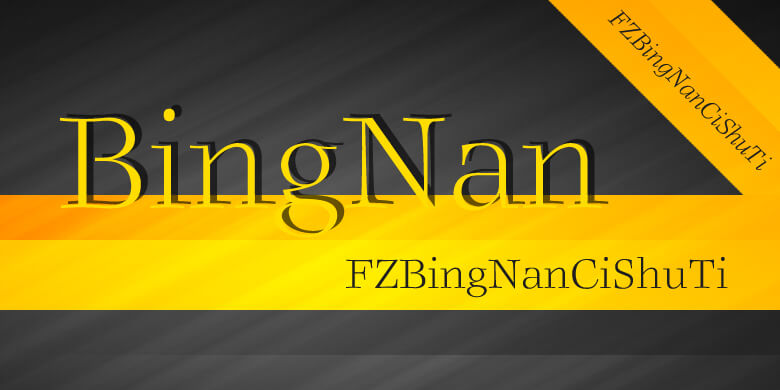
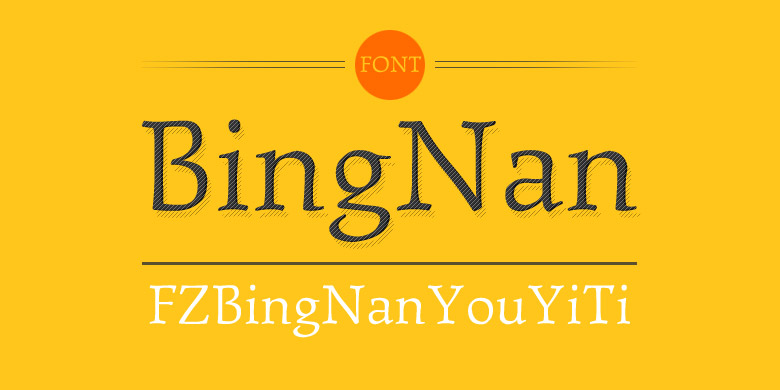



 商业发布授权
商业发布授权
 出版物授权:针对出版物
出版物授权:针对出版物
 嵌入式应用授权
嵌入式应用授权






